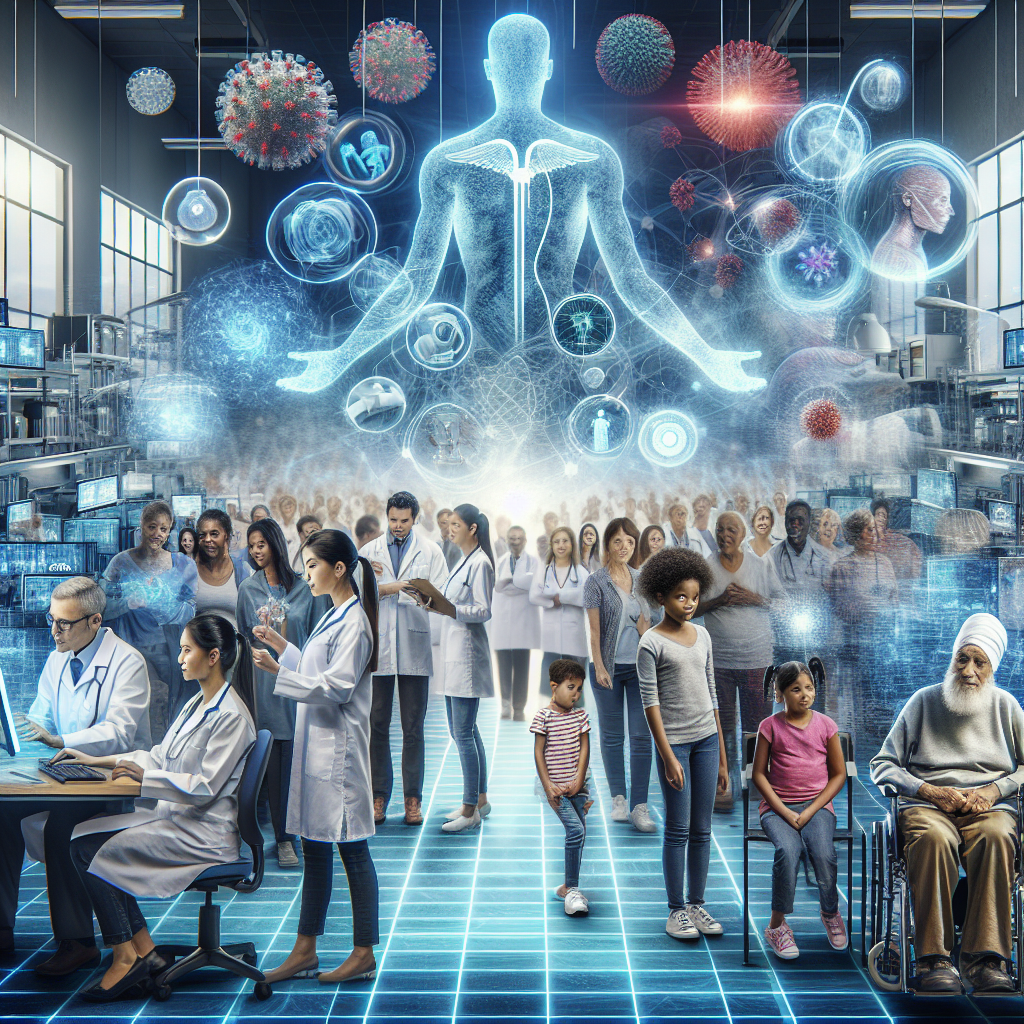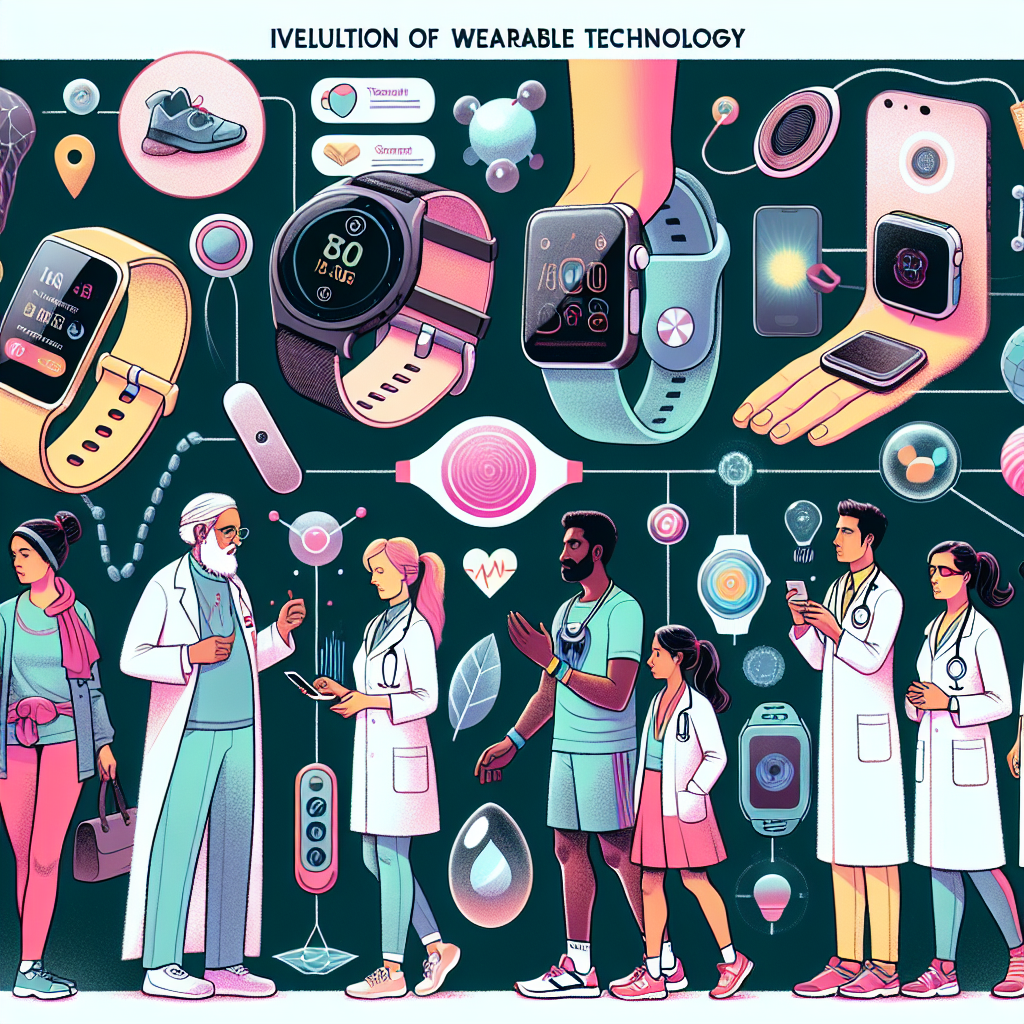From Labs to Lives: How Tech Innovations are Improving Healthcare
The rapid evolution of technology has left no stone unturned, and the healthcare industry is no exception. Over the past few decades, breakthroughs in medical technologies have profoundly transformed the landscape of healthcare, enhancing the quality of patient care, diagnostic accuracy, and treatment efficacy. From artificial intelligence to wearable devices, let’s delve into how tech innovations are transitioning from labs to everyday lives, revolutionizing the healthcare sector.
Artificial Intelligence in Diagnostics
Artificial Intelligence (AI) continues to make headlines for its groundbreaking applications in healthcare, particularly in diagnostics. AI algorithms can now analyze medical images with remarkable accuracy, often surpassing human proficiency. For instance, AI-powered imaging tools can detect early signs of conditions like cancer and neurological disorders, enabling timely interventions and significantly improving patient outcomes.
Moreover, AI-driven diagnostic tools are capable of analyzing vast amounts of data rapidly, offering doctors insights that would otherwise be challenging to obtain. This not only speeds up the diagnostic process but also reduces the likelihood of human error, leading to more precise and reliable diagnoses.
Wearable Health Technology
Wearable technology, including fitness trackers and smartwatches, has become a mainstay in personal health management. These devices monitor a range of physiological parameters such as heart rate, sleep patterns, and physical activity levels, empowering individuals to take charge of their health and well-being.
Beyond personal fitness, wearable technology holds immense potential in clinical settings. For example, continuous glucose monitors (CGMs) help diabetic patients manage their blood sugar levels more effectively. Similarly, wearables equipped with ECG (electrocardiogram) monitoring can detect irregular heart rhythms, providing early warnings for conditions like atrial fibrillation and prompting timely medical intervention.
Telemedicine: Bringing Healthcare Home
The COVID-19 pandemic accelerated the adoption of telemedicine, showcasing its utility and convenience. Telemedicine platforms allow patients to consult healthcare providers remotely, breaking down geographical barriers and making healthcare more accessible, especially for those in rural or underserved areas.
Additionally, telemedicine reduces the burden on healthcare facilities, decreases patient travel time, and minimizes the risk of infection exposure. With advancements in high-speed internet and telecommunication technologies, telemedicine services are becoming increasingly sophisticated, incorporating secure platforms for sharing medical records and enabling real-time patient monitoring.
Genomic Medicine and Personalized Treatment
The advent of genomic medicine has heralded a new era of personalized healthcare. By analyzing an individual’s genetic makeup, healthcare providers can tailor treatments that align with the patient’s unique genetic profile. This precision medicine approach enhances treatment efficacy and reduces adverse effects.
For instance, in oncology, genomic profiling of tumors helps identify specific mutations driving the cancer, allowing for targeted therapies that are more effective than traditional chemotherapy. Similarly, in pharmacogenomics, understanding how a patient’s genetics affect their response to drugs can lead to personalized medication plans, optimizing treatment outcomes.
Robotics and Minimally Invasive Surgery
Robotic-assisted surgery has revolutionized surgical procedures, making them more precise, minimally invasive, and less prone to complications. Surgical robots, controlled by skilled surgeons, enhance dexterity and enable greater precision than traditional surgical methods.
Minimally invasive surgeries facilitated by robotic technology result in smaller incisions, reducing recovery times and minimizing post-operative pain and complications. As the technology advances, we can expect even more sophisticated robotic systems that further push the boundaries of surgical possibilities.
3D Printing in Healthcare
3D printing technology is making waves in the production of custom medical devices, prosthetics, and even bioprinting tissues. This innovative approach allows for the creation of patient-specific models, enhancing the fit and functionality of prosthetic limbs and implants.
Moreover, 3D printed models of organs and tissues serve as invaluable tools for surgical planning and education, enabling surgeons to practice complex procedures before actual operations. In regenerative medicine, bioprinting holds the promise of creating living tissues and organs, addressing the shortage of organ donors in the future.
The Road Ahead
As these technological innovations continue to mature, their integration into mainstream healthcare will only deepen, driving further improvements in patient care and outcomes. The convergence of digital health, biotechnology, and artificial intelligence is poised to redefine the future of healthcare, making it more personalized, accessible, and efficient.
However, embracing these advancements also raises challenges, including the need for robust data privacy measures, ethical considerations, and ensuring equal access to technological benefits. Navigating these challenges will be crucial as we harness the full potential of tech innovations to improve lives, from the laboratory to everyday healthcare.














Leave feedback about this
You must be logged in to post a comment.